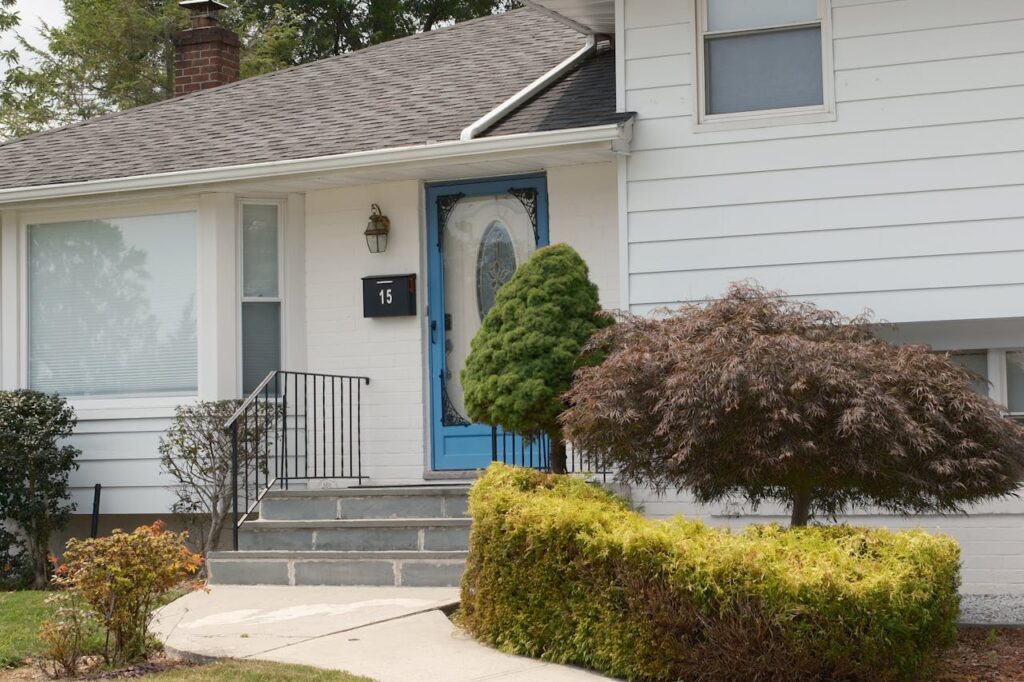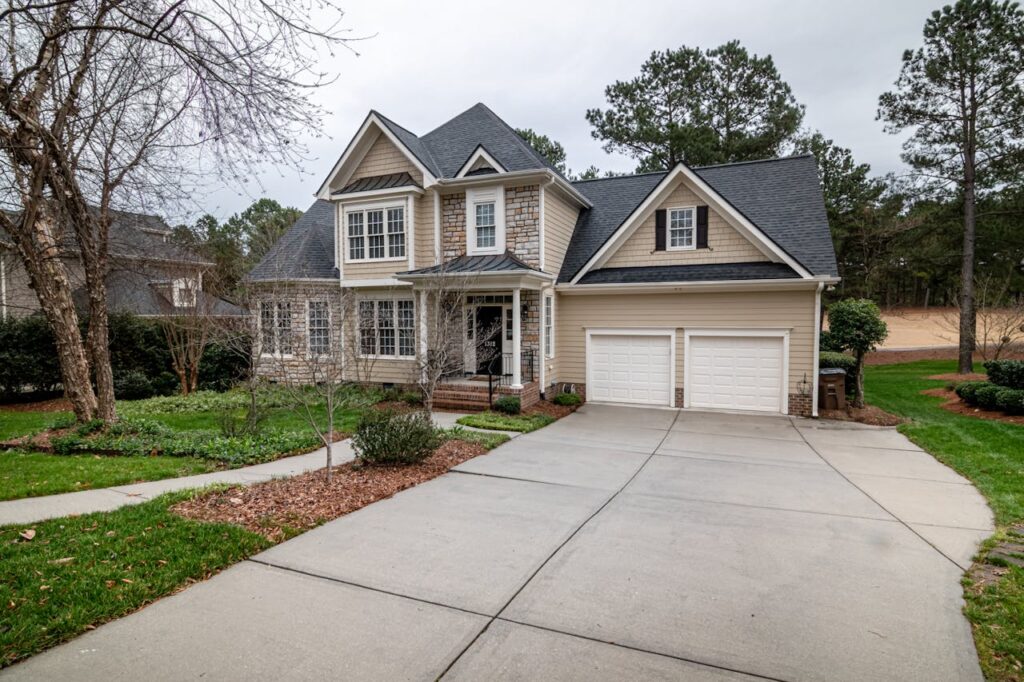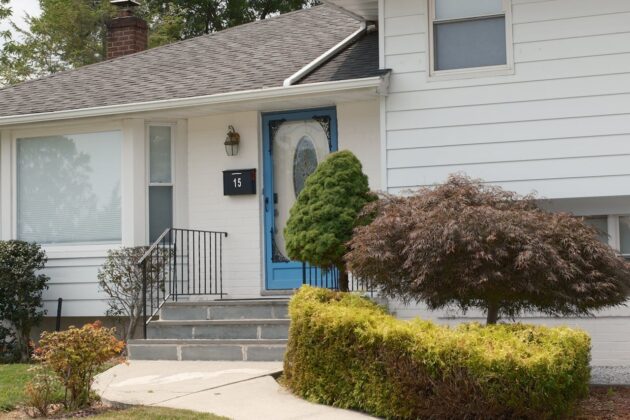
Siding is a defining feature that influences curb appeal, energy efficiency, and long-term durability. Whether you’re replacing worn-out panels or installing siding for the first time, understanding the process and key considerations can help you make smarter decisions. The right siding material, installation technique, and maintenance plan can save you money and keep your home looking beautiful for decades. Here’s what every homeowner should know before starting a siding installation project.
Table of Contents
Understanding the Purpose of Siding
Siding serves as your home’s first line of defense against harsh weather, moisture, pests, and temperature fluctuations. Beyond protection, it plays a crucial role in insulating your home, helping to keep heating and cooling costs in check. Many homeowners choose siding as a way to refresh or update their property’s appearance without undergoing a complete renovation. Since it impacts functionality and aesthetics, your choice of siding should balance durability, energy efficiency, and visual appeal. This means considering climate conditions, architectural style, and long-term maintenance needs.
The Importance of Professional Installation
While some homeowners may be tempted to tackle siding installation as a DIY project, professional expertise can make a significant difference in the outcome. Experienced installers, such as those from Pro Siding Systems, understand how to handle complex areas like corners, eaves, and window trims while ensuring panels are secured to withstand years of weather exposure. Professional installation can help preserve manufacturer warranties, which often require that the product be installed according to specific guidelines. Choosing a reputable contractor means you’ll benefit from skilled craftsmanship and valuable guidance in selecting the right materials and finishes.
Choosing the Right Siding Material
The market offers a wide range of siding materials, each with its strengths and limitations. Vinyl siding is popular for its affordability and low maintenance, while fiber cement offers excellent durability and resistance to fire and pests. Wood siding delivers a timeless look but requires more upkeep to prevent rot and insect damage. Metal siding, such as aluminum or steel, provides strong weather resistance and can be a good fit for modern home designs. Your decision should account for local weather patterns. Humid or coastal areas, for example, may benefit from materials that resist warping and corrosion.
Preparing Your Home for Installation
Before new siding can be installed, it’s important to properly prepare your home to ensure a smooth installation process and a durable, long-lasting finish. This preparation typically starts with the removal of old or damaged siding, which allows for a thorough inspection of the underlying structure. Any signs of rot, water damage, or pest infestation must be repaired before proceeding. Checking that insulation and vapor barriers are intact and functioning correctly is crucial to prevent moisture buildup and improve energy efficiency. Many contractors recommend inspecting windows, doors, and trim for gaps or damage that could lead to drafts or water infiltration. Taking the time for proper preparation enhances the quality of the installation and helps avoid costly issues.
Cost Considerations and Budgeting
Siding installation costs vary depending on material choice, home size, labor rates, and any necessary repairs to the underlying structure. Vinyl tends to be the most budget-friendly option, while premium materials like fiber cement or natural wood can significantly increase the expense. You should budget for permits, removal of old siding, and any insulation upgrades. While it might be tempting to opt for the cheapest bid, cutting corners on quality or labor often leads to higher costs down the line due to repairs or premature replacement.
Maintaining Your New Siding
Once your siding is installed, proper maintenance is key to extending its lifespan and preserving its appearance. Vinyl siding typically requires occasional cleaning with a hose or pressure washer, while wood siding may need regular painting or staining to protect against moisture damage. Fiber cement and metal siding are relatively low-maintenance but should still be inspected annually for cracks, dents, or signs of wear. Promptly addressing small issues can prevent more extensive damage and costly repairs. By following a simple maintenance routine, you can ensure that your siding continues to protect and enhance your home for years to come.

Siding installation is a significant investment that greatly impacts your home’s protection, energy efficiency, and curb appeal. By understanding the purpose of siding, choosing the right material, preparing your home properly, and hiring skilled professionals, you set the stage for a successful project. Budgeting thoughtfully and committing to regular maintenance will ensure your siding remains durable and attractive for many years. Taking these steps will enhance your home’s value and provide peace of mind knowing it’s well-protected against the elements. With the right knowledge, siding installation becomes a smart and rewarding home improvement.
